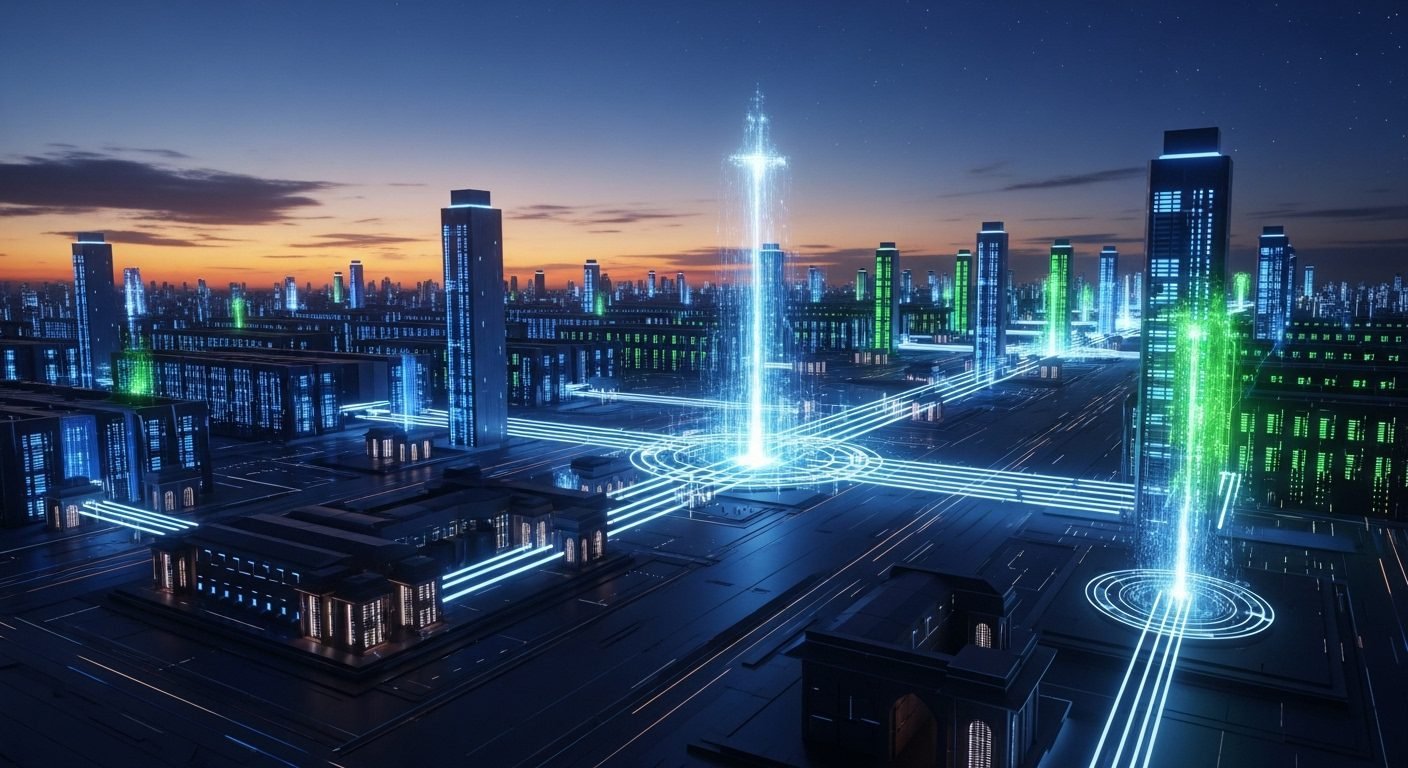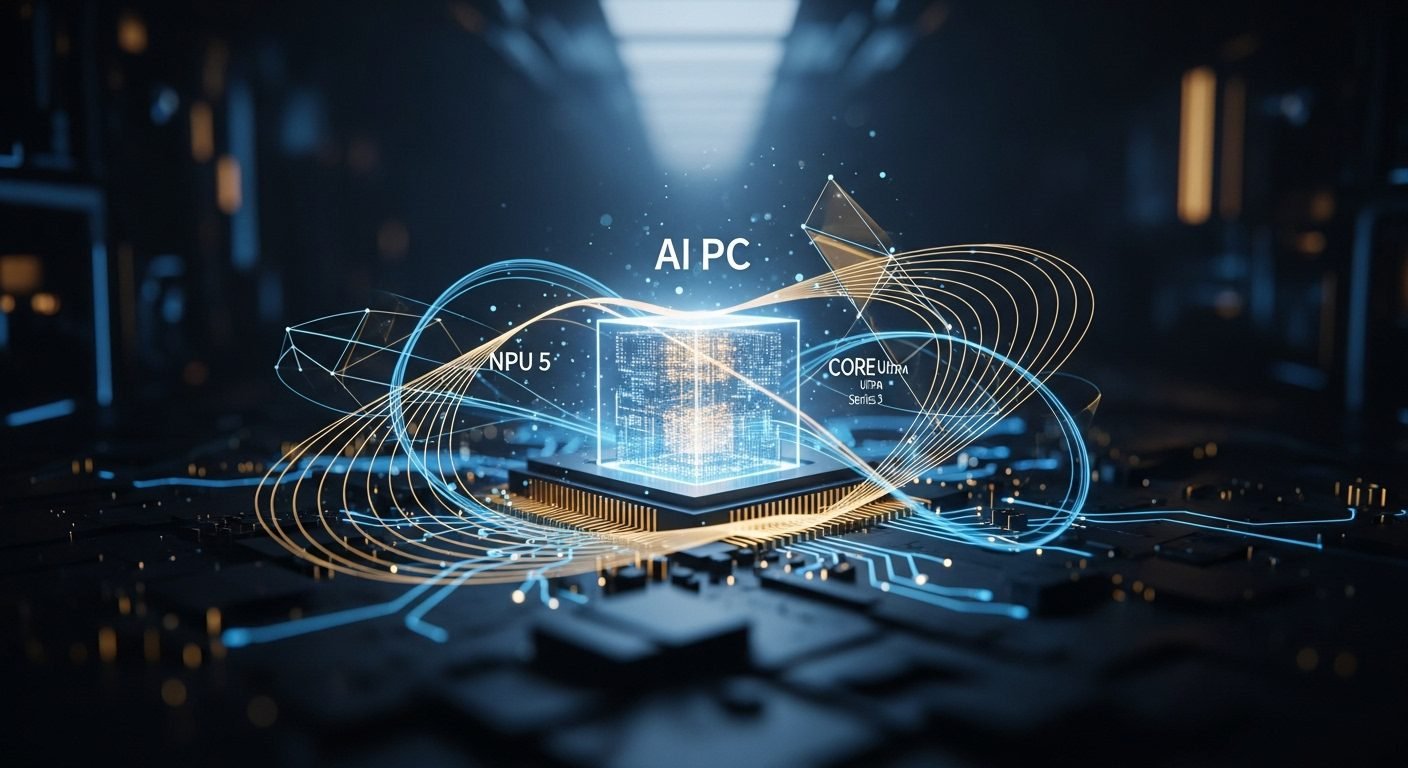What if a single technological investment could reshape a nation’s digital future while also staking a decisive claim in the global AI race? OpenAI, the visionary force behind ChatGPT, is reportedly charting just such a course in India, with ambitious plans for an unprecedented gigawatt data center. This isn’t merely an infrastructure upgrade; it’s a pivotal component of the “Stargate” project, a sprawling private-public venture targeting up to $500 billion in global AI infrastructure investment.
OpenAI’s deeper engagement with India is a story already in motion. The country stands as OpenAI’s second-largest market by user base, and critically, accounts for the highest number of students utilizing ChatGPT worldwide. This demographic reality underpins a series of strategic localized initiatives already underway, demonstrating a clear commitment beyond just a single facility.
The company recently rolled out its most affordable ChatGPT subscription in India, priced at approximately $5 per month—a significant reduction from the $20 US rate. Furthermore, a program was launched to provide 500,000 free ChatGPT licenses to Indian students and educators for six months, fostering widespread AI adoption and literacy. OpenAI has also formally registered as a legal entity in the country and plans to open its first India office in New Delhi later this year, building a dedicated local team.
Decoding the Market: India’s AI Ecosystem as a Strategic Imperative
The decision to site such a formidable gigawatt-scale data center in India is far from arbitrary. It reflects a deep understanding of the country’s burgeoning digital economy and its strategic importance. A local facility directly addresses critical market needs, most notably data sovereignty concerns. [Image: Map of India highlighting major tech hubs] Hosting data within the country ensures compliance with India’s evolving cybersecurity and privacy regulations.
Equally important, a local data center promises to significantly lower latency. This enhances the user experience for both individual and enterprise customers reliant on OpenAI’s services, making AI applications faster and more responsive.
This announcement doesn’t exist in a vacuum. It appears to be a direct response to India’s “IndiaAI Mission,” a $1.2 billion government initiative aimed at integrating AI into economic development. By aligning its investment with national strategic priorities, OpenAI positions itself not just as a technology provider but as a strategic partner in India’s digital future, a move that could be highlighted by its commitment to the “IndiaAI Mission.” [Chart: India’s Digital Economy Growth Projections]
This move also serves as a potent competitive counterpoint to other global tech giants. Companies like Google, Microsoft, and Reliance Industries are already heavily invested in India’s data center capacity. Google, for instance, is reportedly investing nearly $6 billion to build a 1 GW data center in the country. OpenAI’s significant commitment signals an aggressive posture in this crucial market.
Beyond the Megawatts: Geopolitics and Global AI Infrastructure
While the sheer scale of a 1 GW data center, capable of hosting at least 59,000 Nvidia Blackwell B200 chips, is impressive, its significance extends beyond raw compute power. This Indian facility is a crucial piece of OpenAI’s ambitious “Stargate” initiative, a broader global push to expand AI infrastructure worldwide. Key players in this colossal venture include OpenAI, SoftBank, Oracle, and Abu Dhabi-based investment firm MGX. [Infographic: Stargate Project Global Locations]
Other Stargate projects include significant capacity builds in the US (4.5 GW through Oracle), Norway (targeting 520 MW), and Abu Dhabi (a 5 GW buildout, securing 1 GW for OpenAI). This “OpenAI for Countries” program aims to align AI capacity expansion with democratic values, potentially serving as a strategic counter-measure against the AI advancements of other geopolitical players.
It’s important to view the India project within this global, multi-faceted strategy. The timing of such a substantial U.S.-backed tech investment in India also carries implicit diplomatic implications. Amidst ongoing trade tensions between the U.S. and India, this could signal a deepening of technological and economic ties.
However, a truly analytical perspective acknowledges that the path forward for “Stargate” has not been without its complexities. Reports indicate that the broader Stargate project has faced some delays, with SoftBank CEO Masayoshi Son admitting it was taking longer than anticipated to get off the ground. Concerns around rising tariffs and economic uncertainty have impacted the initial phases in the U.S., leading to a more cautious approach from investors. While the India data center plans appear to be advancing, these broader challenges within the Stargate framework highlight the immense logistical, financial, and geopolitical hurdles inherent in such a monumental global undertaking. It’s also worth noting that while widely reported by reputable outlets like Bloomberg, OpenAI has not yet made a formal public statement confirming the India data center plans, with some news agencies like Reuters noting they could not immediately verify the report.
A gigawatt-scale data center demands immense power, raising critical questions about energy sourcing, sustainability, and potential environmental impact. The scale of investment and the complexity of building such a facility also present considerable engineering and logistical challenges in a rapidly developing nation like India.
Data Outlook
- Insight One: India will rapidly consolidate its position as a premier global AI development hub, attracting further concentrated foreign direct investment in AI infrastructure.
- Insight Two: The intense competition for data center capacity in India will drive rapid innovation in energy efficiency and renewable power solutions to meet unprecedented demand.
- Insight Three: OpenAI’s “Stargate” model, blending private-public partnerships and aligning with national digital strategies, will become a template for future large-scale AI infrastructure deployments in emerging markets.
An AI Future Forged in Infrastructure
For India, this investment promises enhanced AI capabilities, reduced latency, and potentially significant job creation and technological advancement, solidifying its position as a burgeoning AI hub. It could enable the creation of highly customized AI chatbots for local users and foster a vibrant community of AI developers and innovators.
For OpenAI, it’s a critical step in cementing its long-term global footprint, especially in a market poised for exponential AI growth. The success of this project could inform future Stargate expansions in other developing nations. This strategic maneuver is more than just a technological feat; it represents a confluence of market opportunity, competitive positioning, and geopolitical alignment within the larger narrative of global AI infrastructure development. The long-term implications for India’s digital economy and its role in shaping the global AI landscape are immense, signaling an era where digital power is inextricably linked to compute capacity.











